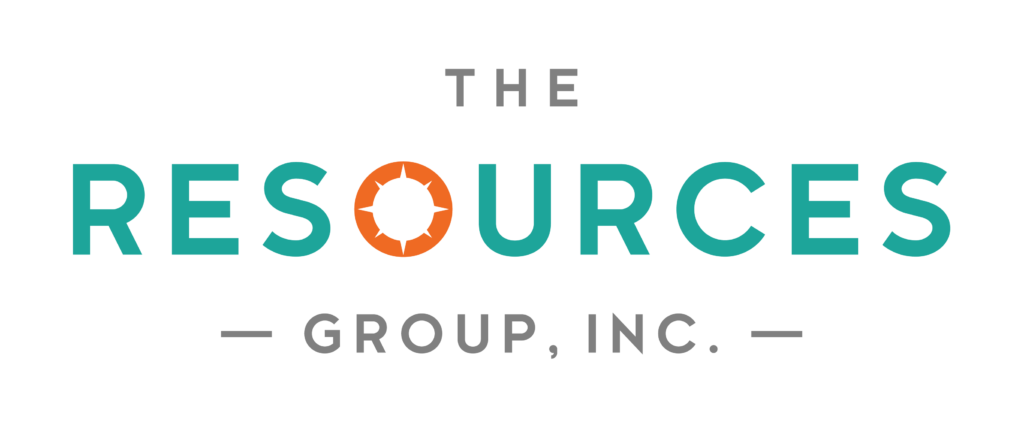
- Change Management
Focusing on self-care can help change leads succeed
- The Resources Group, Inc.

Leading change is hard.
The responsibility of a change lead goes much further than realizing the business’s goals. They often navigate through tough topics and are a container for many people. You’re a sounding board for some. You’ll hear and have heavy discussions. You’re dealing with resistance. You may even be navigating people losing their jobs or changing their position altogether. This is a challenging day-to-day experience, and it’s important to recognize that self-care plays a critical role in being the best change lead you can be.
But how do you focus on yourself when your job is literally to focus on other people’s mindsets and care? Here are some tips to help you be the best change lead you can be.
Build a personal “board of directors”
Change leads need to have access to and talk to trusted partners. If you don’t have a mentor, get one. Get several if you can. Coaching can be valuable too. It’s important to be constantly learning. But in the end, you should have a cohort of reliable people who can provide feedback and support when you need it most. Consider establishing a “board of directors” who have different points of view. Get someone who is going to challenge you. Someone who will say “it’s OK,” and someone who will teach you. You can also join professional networks. These connections can be invaluable. To start, check out the Association of Change Management Professionals or the Organization Development Network.
Be mindful of how you show up
Before a meeting, take a moment to focus, breathe, and process what you’re about to do. Jot down your thoughts, and eliminate unnecessary distractions (we’re talking about you, phone notifications). If the meeting is in person, consider how you present yourself when walking into the room. If on a Zoom call, be mindful of your posture. For example, are you too close to the camera (too aggressive) or too far away (disengaged)? Being prepared and aware of how you show up can make a difference in successfully leading change.
Build an inclusive culture
As a change lead, showing an appropriate amount of vulnerability can help team members feel open enough to have honest conversations about their mindsets and coping strategies. Psychological safety is critical for candid discussions. As a change lead, it’s essential to make sure all voices are heard, and there’s space for team members to ask questions, give input, and challenge leaders. Remember, you can impact the mindset of your team. You can help change how everyone around you can feel included and heard.
Pay attention to how your mood can impact others
Emotions are contagious. How are you showing up to meetings and conversations? You may be inadvertently contributing to the team’s stress. As a change lead, TRG’s goal when interacting with our clients and individuals experiencing change would be to remain passionately neutral – we are passionate about the project. Yet, our stance (i.e., opinion) can be neutral, so we stay open to all perspectives and don’t bias input. Change leads need to go beyond the standard change rhetoric and model effective leadership behaviors. Stay in tune with the emotional needs of employees and establish clear boundaries that everyone can work within.
Lead with hope
What is the one next step you can take? When things get overwhelming and challenging, a form of self-care could be taking one next step on your current project. This may engender a sense of hope to take the next step and then the next. However, sometimes it is time for a break, and maybe taking 10 minutes to meditate, focus on gratitude, or move may be the one next step that YOU need. Pay attention to what you need and find small moments of joy during the long process of change.
We can help
At The Resources Group, we take self-care seriously. We also know how influential change leads are to successful change. We can be partners through your change and bring out your best through training and ongoing coaching. Contact us to see how we can help as you continue your journey.

